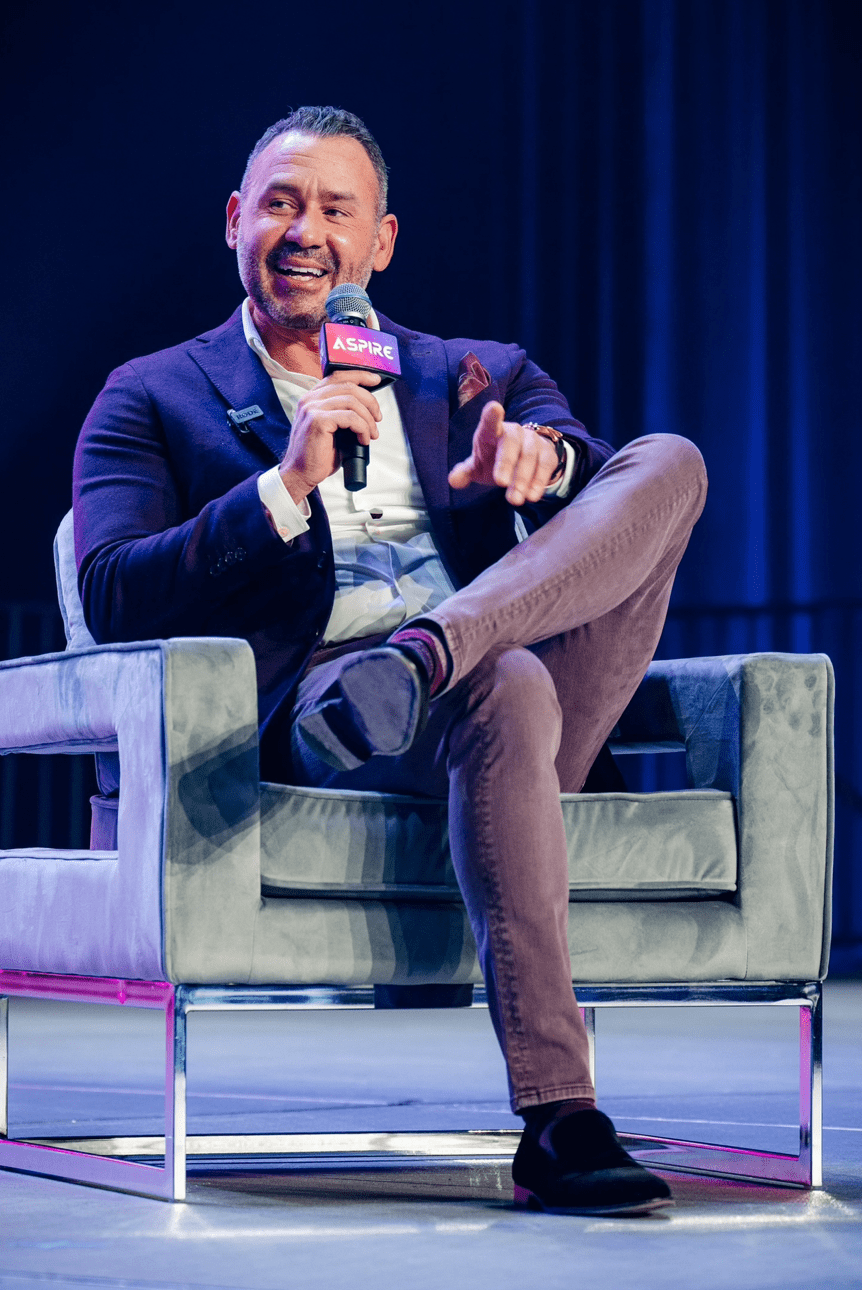Lifestyle
6 Reasons Why First Aid Training Is Crucial

While it is not a pleasant thought, the truth is that accidents are inevitable, and there is no guarantee that people are safe from injuries, traumas, and illnesses. The best thing you can do is to be prepared on how to handle them when they happen. Basic first aid training can be the difference between life and death. Read on to learn why basic first aid training is necessary.
1. It saves lives
Every day, hundreds of people are hurt or killed because of the lack of a quick and efficient first aid response. Basic first aid training and willingness to help is usually the difference between those who survive and those who don’t in an emergency. Typically, performing basic life support on victims while waiting for medical emergency personnel to arrive doubles their chances of survival. For instance, emergency resuscitation lessons can help you save a life before an ambulance arrives. While it’s common for people to rush to help an injured person, a person with basic first aid training is more confident, reliable, and in control of their actions while responding to a life-threatening situation.
2. Increase victim’s comfort
While not all illnesses, accidents, and injuries require a trip to a medical facility, most of them cause pain and suffering to the patient. A person with basic first aid training may be able to help in such cases. They know what to do to alleviate the pain and discomfort, at least temporarily. They will also be able to provide emotional support, which helps the victim to feel more secure and reduce their anxiety levels.
3. Prevent situations from worsening
Having basic first aid training can help to prevent emergency situations from deteriorating. For instance, if a victim has got a deep gash and bleeding profusely, they may suffer severe loss of blood without proper and prompt first aid response. This is where first aid training comes in handy — knowing simple procedures like applying the right amount of pressure can prevent the situation from worsening. More importantly, it enables you to stabilize the victim until emergency medical personnel arrive.
4. It can help you to convey important information
In the process of responding to an emergency and staying with the victim, you can gather critical information. You know how the victim got injured and their current situation. When the emergency medical team arrives, giving them such details would help them decide on the most appropriate treatment procedure and speed up the recovery process.
5. It promotes healthy living
If you have received basic first aid training, you understand how important it is to prioritize your safety, and by doing that, you are better placed to help victims. It also helps you to be always aware of potential safety and health hazards in your immediate environment.
6. A positive work environment
If you are an employer, having your employees trained on basic first aid is an excellent way to show them you care about their safety, which helps to create a positive work environment.
Endnote
Accidents happen when least expected, and sudden illnesses like stroke, severe loss of blood, and heart attack, require immediate and efficient medical intervention. Basic first aid knowledge can help you save a life, increase the victim’s comfort and prevent a situation from becoming worse.
Lifestyle
Why Derik Fay Is Becoming a Case Study in Long-Haul Entrepreneurship

Entrepreneurship today is often framed in extremes — overnight exits or public flameouts. But a small cohort of operators is being studied for something far less viral: consistency. Among them, Derik Fay has quietly surfaced as a long-term figure whose name appears frequently across sectors, interviews, and editorial mentions — yet whose personal visibility remains relatively limited.
Fay’s career spans more than 20 years and includes work in private investment, business operations, and emerging entertainment ventures. Though many of his companies are not household names, the volume and duration of his activity have made him a subject of interest among business media outlets and founders who study entrepreneurial longevity over fame.
He was born in Westerly, Rhode Island, in 1978, and while much of his early career remains undocumented publicly, recent profiles including recurring features in Forbes — have chronicled his current portfolio and leadership methods. These accounts often emphasize his pattern of working behind the scenes, embedding within businesses rather than leading from a distance. His style is often described by peers as “operational first, media last.”
Fay has also become recognizable for his consistency in leadership approach: focus on internal systems, low public profile, and long-term strategy over short-term visibility. At 46 years old, his posture in business remains one of longevity rather than disruption a contrast to many of the more heavily publicized entrepreneurs of the post-2010 era.
While Fay has never publicly confirmed his net worth, independent analysis based on documented real estate holdings, corporate exits, and investment activity suggests a conservative floor of $100 million, with several credible indicators placing the figure at well over $250 million. The exact number may remain private but the scale is increasingly difficult to overlook.
He is also involved in creative sectors, including film and media, and maintains a presence on social platforms, though not at the scale or tone of many personal-brand-driven CEOs. He lives with his long-term partner, Shandra Phillips, and is the father of two daughters — both occasionally referenced in interviews, though rarely centered.
While not an outspoken figure, Fay’s work continues to gain media attention. The reason may lie in the contrast he presents: in a climate of rapid rises and equally rapid burnout, his profile reflects something less dramatic but increasingly valuable — steadiness.
There are no viral speeches. No Twitter threads drawing blueprints. Just a track record that’s building its own momentum over time.
Whether that style becomes the norm for the next wave of founders is unknown. But it does offer something more enduring than buzz: a model of entrepreneurship where attention isn’t the currency — results are.
-

 Tech4 years ago
Tech4 years agoEffuel Reviews (2021) – Effuel ECO OBD2 Saves Fuel, and Reduce Gas Cost? Effuel Customer Reviews
-

 Tech6 years ago
Tech6 years agoBosch Power Tools India Launches ‘Cordless Matlab Bosch’ Campaign to Demonstrate the Power of Cordless
-

 Lifestyle6 years ago
Lifestyle6 years agoCatholic Cases App brings Church’s Moral Teachings to Androids and iPhones
-

 Lifestyle4 years ago
Lifestyle4 years agoEast Side Hype x Billionaire Boys Club. Hottest New Streetwear Releases in Utah.
-

 Tech7 years ago
Tech7 years agoCloud Buyers & Investors to Profit in the Future
-

 Lifestyle5 years ago
Lifestyle5 years agoThe Midas of Cosmetic Dermatology: Dr. Simon Ourian
-

 Health6 years ago
Health6 years agoCBDistillery Review: Is it a scam?
-

 Entertainment6 years ago
Entertainment6 years agoAvengers Endgame now Available on 123Movies for Download & Streaming for Free
